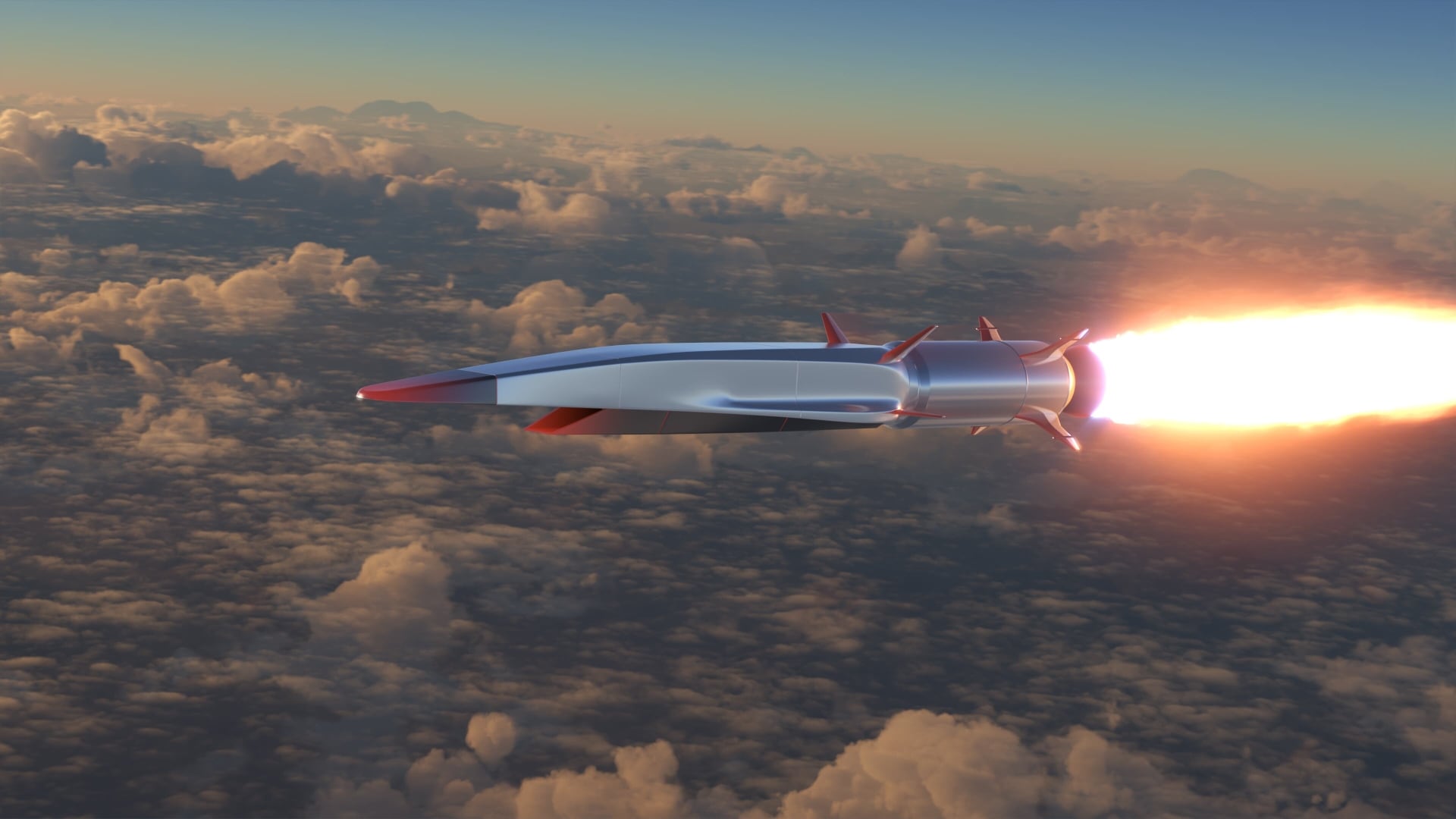WASHINGTON — Three companies are in a holding pattern as the Air Force gets ready to drop a request for proposals for new ground surveillance aircraft to replace the aging fleet reaching the end of its life.
Once the Pentagon's acquisition chief signs off, the service can release the RFP for the Joint Surveillance Target Attack Radar System known as JSTARS, Col. Dave Learned, JSTARS Recap program manager, said in an August interview. Sources tell Defense News that an RFP is expected sometime in September or early October.
The three prime contractors aiming to build the next JSTARS fleet — Boeing, Northrop Grumman and Lockheed Martin — have already completed some risk reduction work heading into the final stage of the competition. The Air Force is expected to downselect to one competitor and award an engineering, manufacturing and design contract in fiscal year 2018. The entire program, which includes 17 aircraft, is worth about $6.5 billion.
In a new report from the Mitchell Institute for Aerospace Studies, "Beyond JSTARS: Rethinking the Combined Airborne Battle Management and Ground Surveillance Mission," retired Lt. Gen. David Deptula urged the Air Force to avoid letting the airframe choice dominate the JSTARS discussion.
"In many ways, the airframe is the least challenging aspect of this program, as the new GMTI/ABM [ground moving target indication/air battle management] aircraft will have to grapple with how it will fit into future distributed operations, how it will allow for open systems architecture, and accommodate the ability to update key technologies and capabilities as time progresses," he wrote.
"Aircraft selection must be influenced by a holistic evaluation of efficiency, operational effectiveness, and adaptability to new advanced technologies, as well as execute necessary future GMTI/ABM tasks in a broader enterprise," he continued.
The legacy JSTARS fleet comprises militarized Boeing 707s equipped with a sophisticated radar and battle management suite that allows its crew to track ground targets and relay that information to ground and air commanders. The weapon system ultimately chosen for the JSTARS recap will perform the same mission as its forbearer, but with updated communications gear, a more powerful sensor and new battle management command and control (BMC2) suite that enables a smaller crew.
"The requirements are based largely on the legacy system," said Learned, who added that he didn’t expect any major changes between the draft and final RFPs. "The legacy fleet is aging, and the warfighter is looking for what they’ve got. They just want it cheaper, in terms of lifecycle costs. Where there were improvements that we could make to the requirements based upon existing modern technology, we did that."
During the risk reduction phase, companies evolved their offerings through the preliminary design phase using modeling and simulation, Learned said.
"It was all design work, but we did have subsystem prototype demonstrations as part of it, demonstrating battle management command and control capabilities as well as radar functionality," he said.
Boeing is proposing a derivative of the 737-700, a slightly larger jet than its competitors, which the company believes can offer the Air Force greater size, weight, power and cooling margins for future upgrades, said Rod Meranda, business development lead for the Boeing JSTARS program.
The company used its laboratories to integrate the BMC2 suite and radar together during the risk reduction effort, he said. "What that does is it gives the government confidence that, after they go through an RFP over the next year and they award a contract, that work has already been accomplished. It’s not going to delay the program."
According to a spokeswoman, Lockheed in July completed pre-EMD work on its offering: a Bombardier Global 6000 business jet coupled with Lockheed’s BMC2 suite as well as Raytheon’s Skynet radar.
Meanwhile, Northrop Grumman is proposing a militarized version of Gulfstream’s G550 business jet, and is partnered with L-3.
As the competitors advanced their designs, service officials became aware that radar integration could contribute to risk, Learned said. In March, the service awarded another set of risk reduction contracts—this time to Raytheon and Northrop Grumman, who are battling to provide that sensor.
Raytheon is proposing its Skynet radar, which stems from technology from the Advanced Airborne Sensor the Navy has tested on its P-8 maritime patrol aircraft. Northrop has not publicly announced its radar offering. Under sole-source undefinitized actions, Northrop can receive up to $70.2 million and Raytheon up to $60 million to further mature their solutions and prevent further schedule delays.
Because both radar are derived from sensors used on existing programs of record, most of the risk reduction work focuses on sizing them to fit the various business jets offered in the JSTARS competition, Learned said.
"While the technology exists, we’ve got to do some work," he said. "The work that we’re doing here is going to scale the radar solutions to meet our requirements."
Valerie Insinna is Defense News' air warfare reporter. She previously worked the Navy/congressional beats for Defense Daily, which followed almost three years as a staff writer for National Defense Magazine. Prior to that, she worked as an editorial assistant for the Tokyo Shimbun’s Washington bureau.








